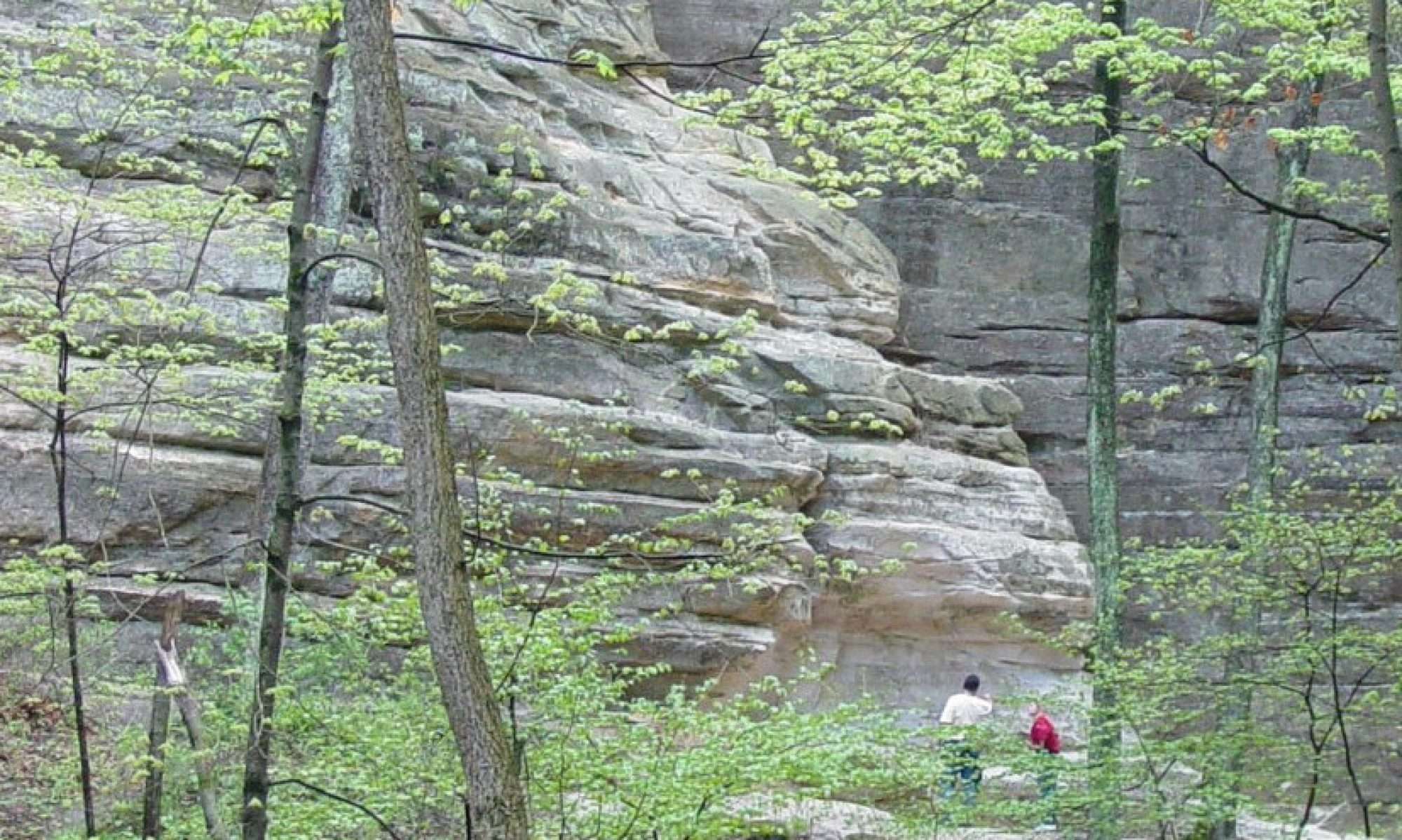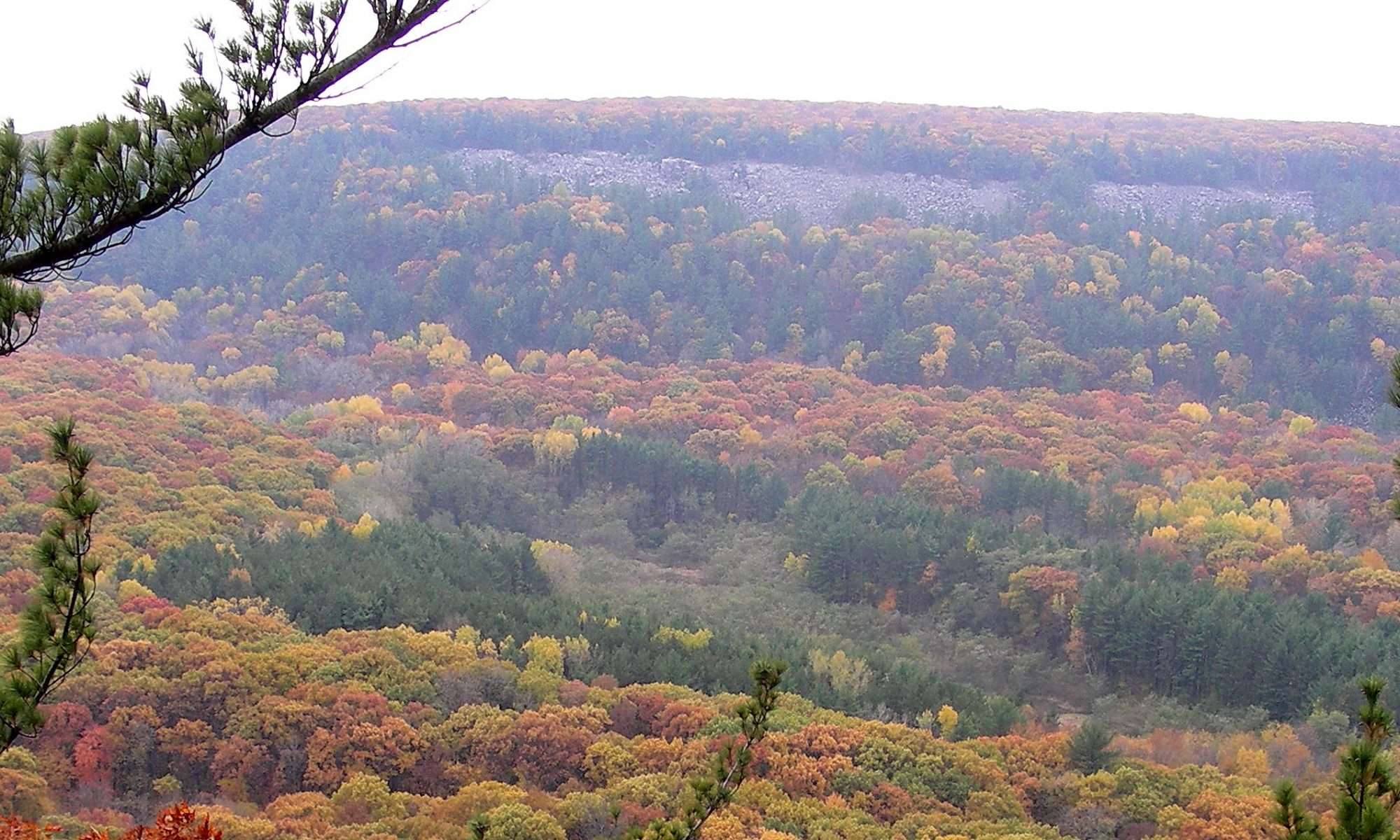Overview
In the past thirty years I have presented well over 350 public talks and keynote addresses in both face-to-face and virtual modes. These do not include the countless lecture-format classes I’ve taught for my college and adult-education students.
Currently I offer virtual talks only. These are administered by my contracted hosts via Zoom or a similar meetings platform.
Due to the painstaking effort and great amount of time my preparation for these talks entail, I kindly ask hosts to provide a modest honorarium. It’s also an acknowledgment of my expertise. (Yes, this also includes all bookstore venues from now on.) Please feel free to inquire about my definition of “modest honorarium.”
While I previously offered PowerPoint presentations on a diverse array of natural history topics including botany and the science of climate change, I am no longer doing so. Instead, I’m concentrating on architectural-geology themes covered in my Stone and Clay guidebook series. Any requests for other topics will be politely declined.
Virtual PowerPoint Talks Currently Offered
Architectural Geology of Chicago (Based on the award-winning Chicago in Stone & Clay: A Guide to the Windy City’s Architectural Geology)
Architectural Geology of Milwaukee (Based on Milwaukee in Stone & Clay: A Guide to the Cream City’s Architectural Geology)
Architectural Geology of the Chicago Suburbs (Based on my upcoming Chicago Suburbs in Stone & Clay: A Guide to the Northeastern Illinois’ Architectural Geology)
Architectural Geology of Southeastern Wisconsin
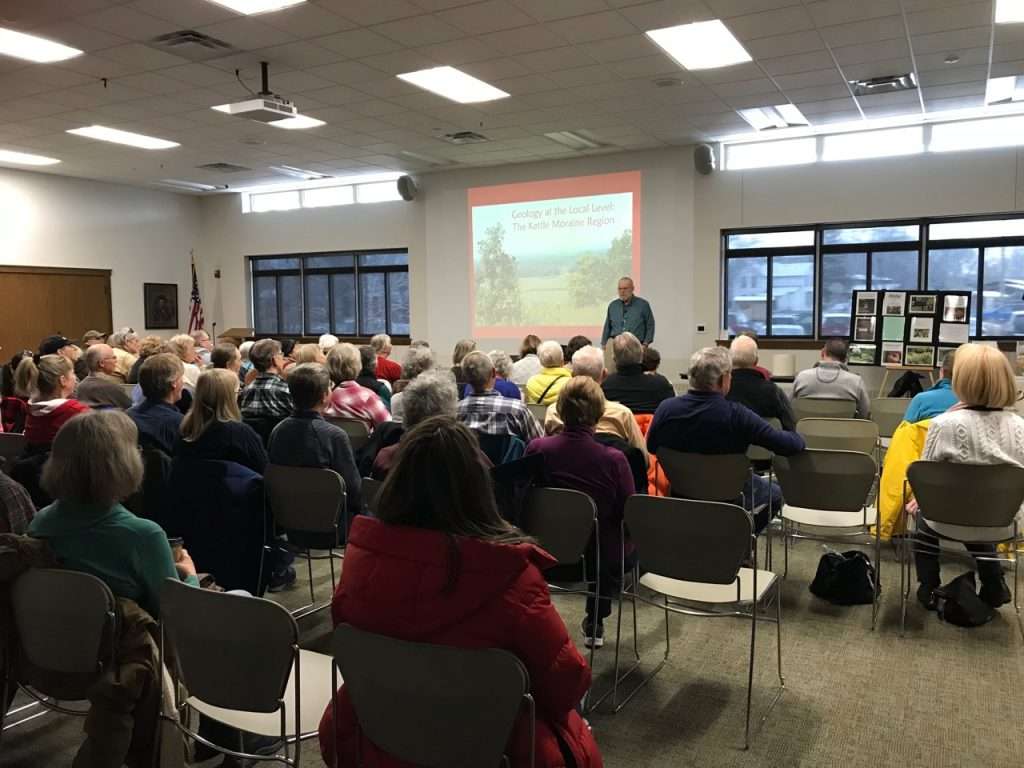 Above: Ray delivering his November 2018 “Geology at the Local Level” talk for the Kettle Moraine Wild Ones and Kettle Moraine Land Trust, Mukwonago Public Library, Wisconsin. (Photo taken and generously provided by Sue Heffron.)
Above: Ray delivering his November 2018 “Geology at the Local Level” talk for the Kettle Moraine Wild Ones and Kettle Moraine Land Trust, Mukwonago Public Library, Wisconsin. (Photo taken and generously provided by Sue Heffron.)
Other Talks, No Longer Offered
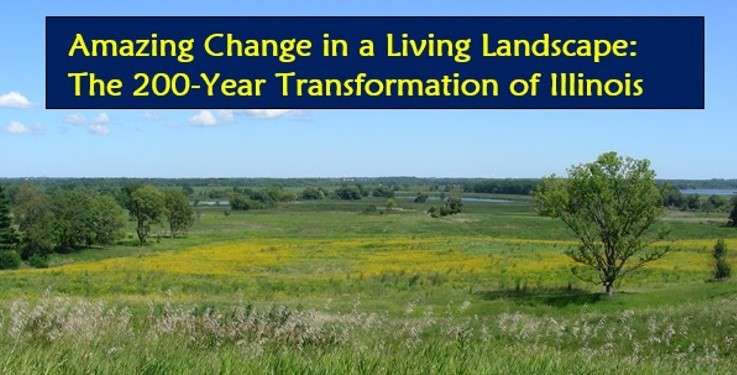
At the dawn of its statehood in 1818, the Prairie State was truly that: almost two-thirds of its surface was a boundless sea of waving grasses and polychromatic wildflower communities. What has happened since is the story of humanity as a vast geologic and biologic force. This special talk, crafted specifically for the Illinois Bicentennial, examines the various ways the natural world of Illinois has undergone a remarkable metamorphosis.
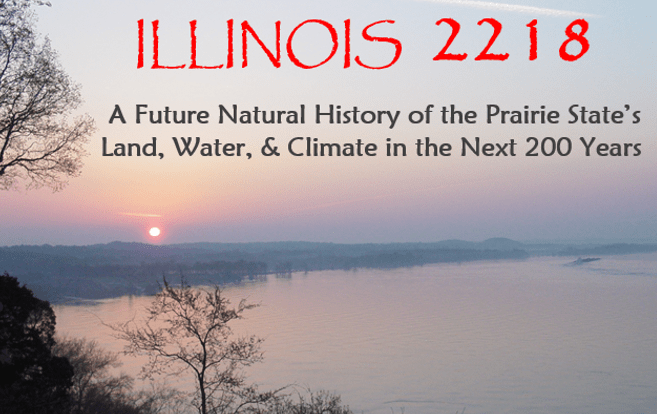
Predicting the future is always a risky business. Still, we can observe developing trends in both our local natural conditions and those on a global scale. What might the Prairie State—which has already seen such dramatic transformations in the past two centuries—look like at the end of the next two? This talk, created specifically to honor the Illinois Bicentennial, incorporates latest findings in climatology, biology, and geology to offer informed analysis of the most possible futures for our state, and for our world at large.
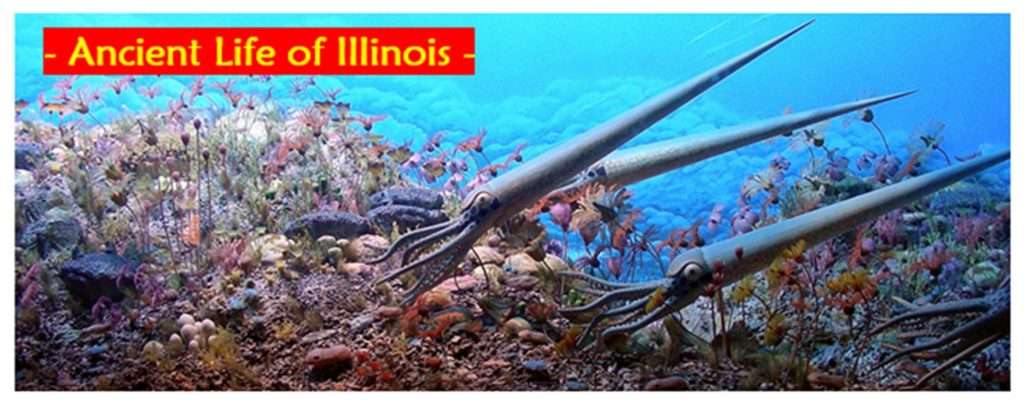
The past revealed in our fossil record! The geologic and biologic history of Illinois, as revealed by its fossils — from marine invertebrates of the Ordovician sea of half a billion years ago, to the luxuriant, equatorial coal swamps of the Pennsylvanian period and to the massive “megafauna” mammals of the modern Ice Age.
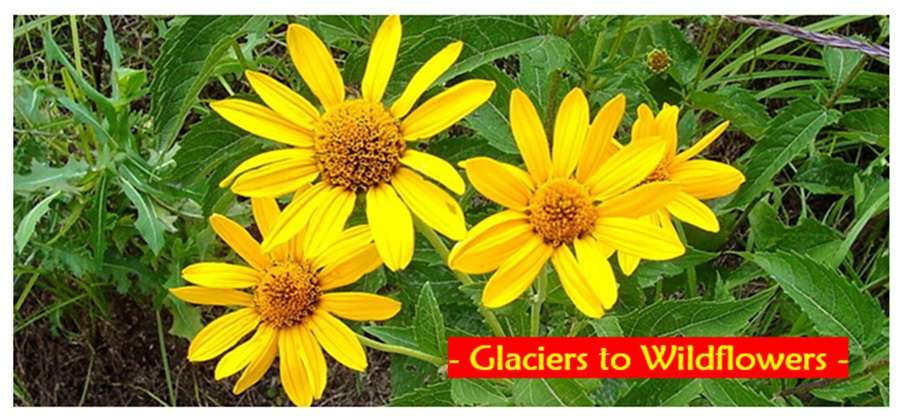
How Illinois’ living landscape came to be! Twenty thousand years ago, the Upper Midwest was a forbidding ice desert. This talk explores how, at the end of that glaciation, the Prairie State’s landscapes, soils, and plant communities evolved into their present forms. An overview of significant pre-Ice Age events is also included.
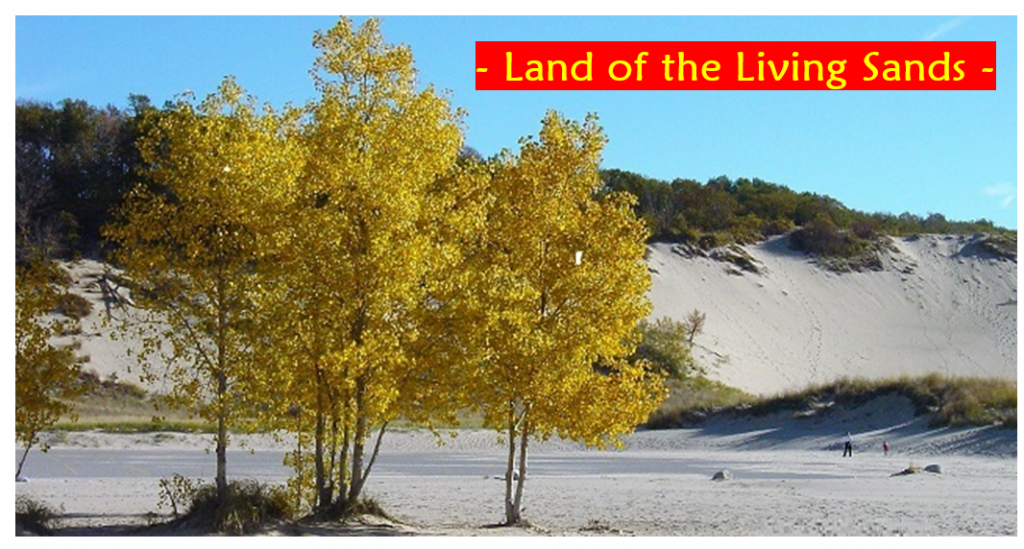
A survey of the magnificent and magical littoral lands of southern Lake Michigan. Stretching from Michigan’s Warren Dunes through Indiana Dunes country to Illinois Beach State Park and southeastern Wisconsin, this high-energy environment – the crossroads of waves and wind and sand – has a compelling geologic history. It harbors unique plant communities and rare ecosystems with roots deep in the Pleistocene ice age.
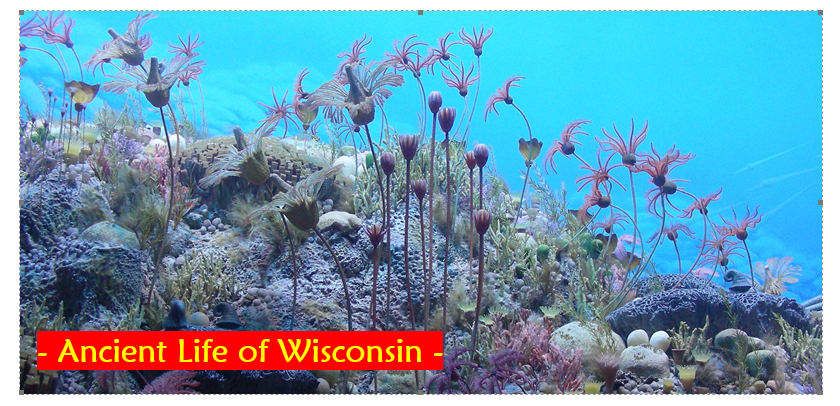
The past revealed in our fossil record! The geologic and biologic history of Wisconsin, as revealed by its fossils — from marine invertebrates of the Ordovician sea of half a billion years ago to the massive “megafauna” mammals of the modern Ice Age.
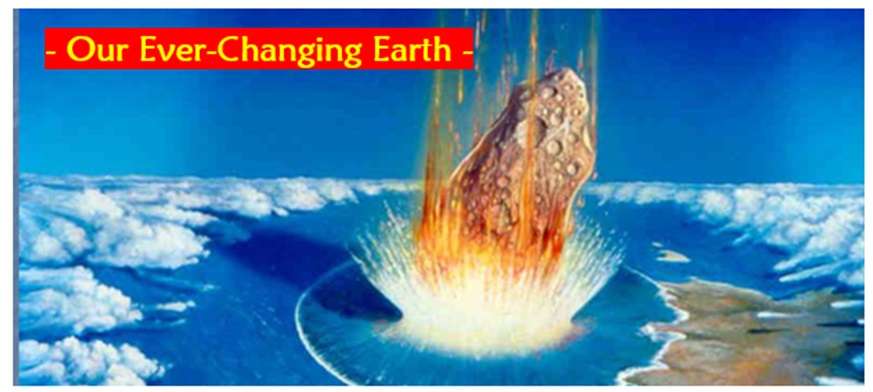
How modern geology has revolutionized our view of our planet: a look at both catastrophic events and slow but powerful forces that shape our world’s landscape, interior, and atmosphere. This talk includes plate tectonics theory, earthquakes, tsunamis, climate change, and history-changing asteroid impacts.
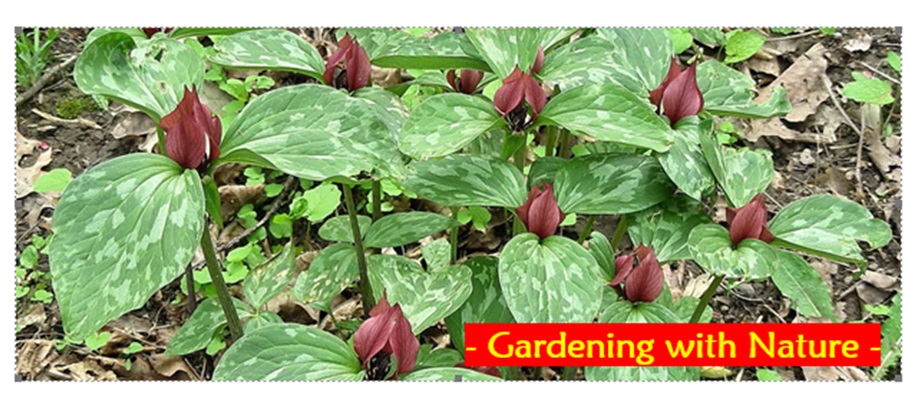
The Upper Midwest boasts a vast assortment of indigenous wildflower and woody-plants species. Learn more about these noble natives – and how you can incorporate many of them in your own garden!
